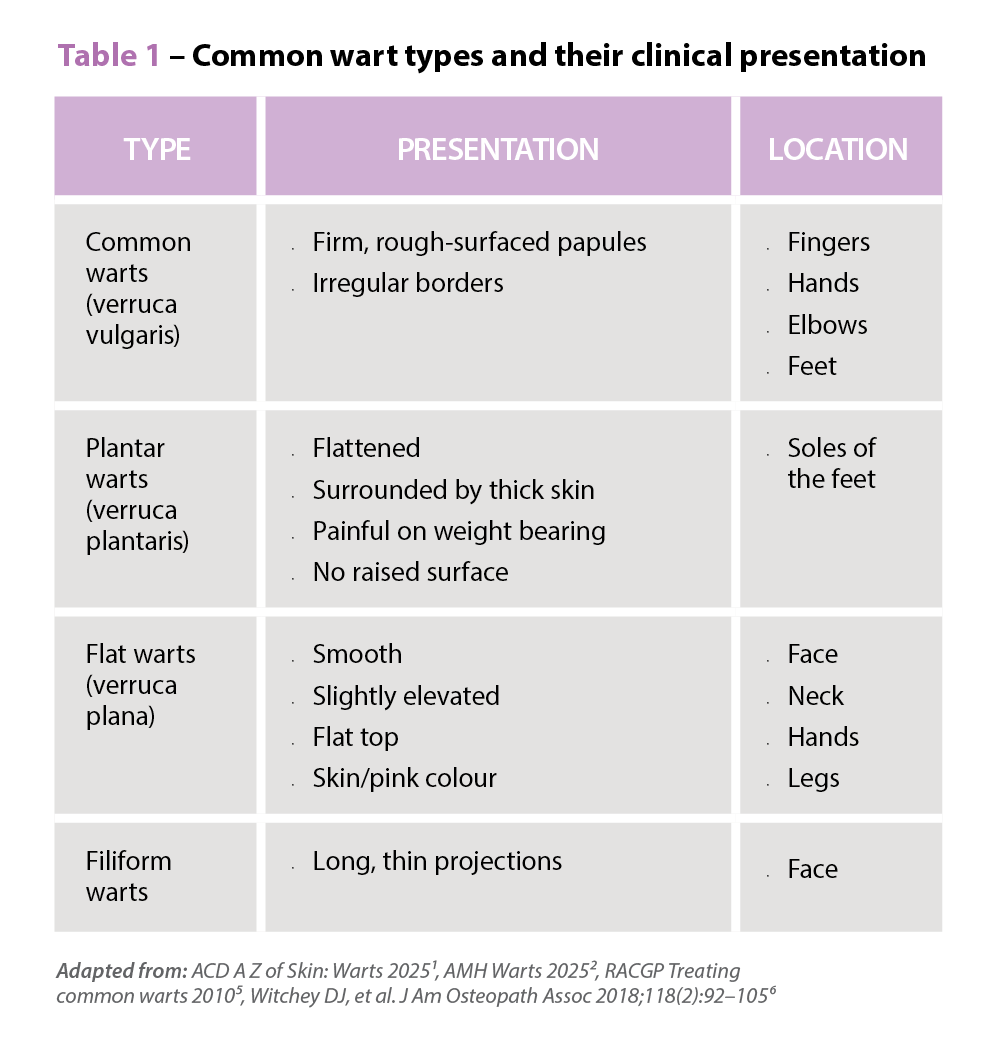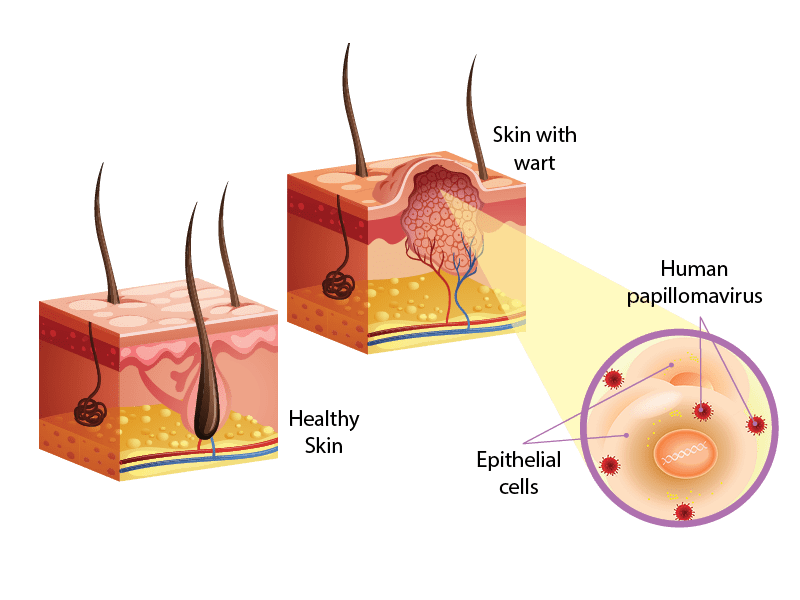Air pollution is making us sick according to local and global research, including a study linking exposure to air pollution with subsequent acute cardiac events.
The health impacts of bushfire smoke are mainly mediated by fine particulate matter, which affects our respiratory, cardiovascular and immune systems when inhaled. Vulnerable people with existing medical conditions such as asthma, diabetes and cardiovascular disease, as well as older people, pregnant women and children are most affected, according to the Centre for Air pollution energy and health Research (CAR).1
And bushfire smoke worsens asthma symptoms to a greater extent than vehicle emissions.1
CAR says weather conditions caused by climate change will likely increase the frequency of extreme bushfires around the world. It advocates that a global approach to tackling climate change is crucial to minimise the health effects of air pollution, including that caused by bushfires.1
Following bushfires in five states, a nationally representative population survey commissioned by the Australia Institute last month found 57% of respondents nationwide were directly affected by bushfires or smoke over the previous three months. Effects included a change in usual routine (e.g. avoiding outside activity including jogging), illness due to smoke haze or an uninhabitable home.2
When the institute combined survey data with Australian Bureau of Statistics (ABS) data, an estimated 5.1 million adult Australians self-assessed health impacts from bushfire smoke. Residents within the five largest Australian capital cities experienced some impact, while those outside cities reported multiple impacts. Common themes resulting from the impact of bushfire smoke were missed work, changed travel plans and closure of a place of business or leisure.2
New South Wales (NSW) residents were impacted most (74%), followed by Victorians (61%). Thirty percent of Western Australian respondents reported impact by fires and smoke.
The survey also gauged respondents’ attitudes and concerns about climate change. Those directly impacted by bushfires were much more likely to agree with statements expressing concern about impacts or the need for climate change leadership.2
The Federal Government has announced $5 million in funding for bushfire-related health research. Professor Guy Marks, a respiratory physician and epidemiologist at the University of NSW and a chief investigator with CAR, has gathered experts to take part in world-leading research into the effects of smoke pollution, including the effectiveness of masks.3
Pollutants
Suspended fine particulate matter (PM2.5*) in bushfire smoke is the most significant component affecting health. When inhaled, it enters the lungs and bloodstream, affecting respiratory, cardiovascular and immune systems.1
Face masks are useful in limited circumstances, but need to fit correctly to work well.1
Pharmacists can access the CAR bushfire smoke fact sheet which has more information on health impacts and strategies to minimise risk.1
In Australia, air quality is monitored by state-based agencies and reported as an air quality index (AQI). The index is based on a pollutant’s environmental standard and can be compared with other pollutants and regions. As the AQI rises, air quality worsens with noticeable health effects at an AQI ≥150, where air quality is categorised as ‘very poor’.4
Air pollution and cardiac events
Growing evidence supports concern about an association between air pollution and cardiovascular disease.
A nationwide case-crossover study in Japan published in The Lancet Planetary Health journal last month demonstrated an independent association between ambient air pollution and the risk of cardiac arrest outside hospital – a major medical emergency and public health problem as global survival rates are under 10%.5
The study found an increase in daily exposure to fine particulate matter (PM2.5*) was associated with the risk of out-of-hospital cardiac arrests (OHCA), even at PM2.5 levels lower than existing air quality standards.
In the largest study of its kind to date, the data on OHCAs was collected over 2 years in 2014–15. Air quality measurements on the day of an individual’s arrest, or up to 3 days before, were recorded for a possible link.
More than 90% of OHCAs occurred at PM2.5 levels lower than the World Health Organization (and Australian) daily standard level of 25 microgram per cubic metre (microgram/ m3), the study showed. Also, 99% of OHCAs occurred at levels lower than the Japanese or American daily standard level of 35 microgram/ m3. Older people were found to be more susceptible.
An association between short-term exposure to carbon monoxide, photochemical oxidants, and sulphur dioxide (emissions from coal burning/mining, bushfires and motor vehicles) and increased risk of all-cause OHCAs was also shown. No association was found with nitrogen dioxide.
The authors recommended that world leaders, governments and policy makers reassess current air quality standards and improve air quality further by turning to cleaner energy sources.5
References
- Centre for Air pollution energy and health Research. Bushfire smoke: what are the health impacts and what can we do to minimise exposure? 2019. At: www.car-cre.org.au/factsheets
- The Australia Institute. Polling – Bushfire crisis and concern about climate change. January 2020. At: www.tai.org.au/sites/default/files/Polling%20-%20January%202020%20-%20bushfire%20impacts%20and%20climate%20concern%20%5Bweb%5D.pdf
- Greenbank A. Pollution experts team up to propose major new study into health impacts of bushfire smoke. ABC 2020. At: www.abc.net.au/news/2020-01-14/pollution-experts-propose-study-into-fire-smoke-health-impacts/11866756
- Australia State of the Environment: Air Quality Index. 2016. At: soe.environment.gov.au/theme/ambient-air-quality/topic/2016/air-quality-index#ambient-air-quality-box-10
- Zhao B, Johnston F, Salimi F, et al. Short-term exposure to ambient fine particulate matter and out-of-hospital cardiac arrest: a nationwide case-crossover study in Japan. Lancet Planet Health 2020;4:e15–23.
* Fine particulate matter with a diameter less than 2.5 micrometres




 Symptoms
Symptoms
















